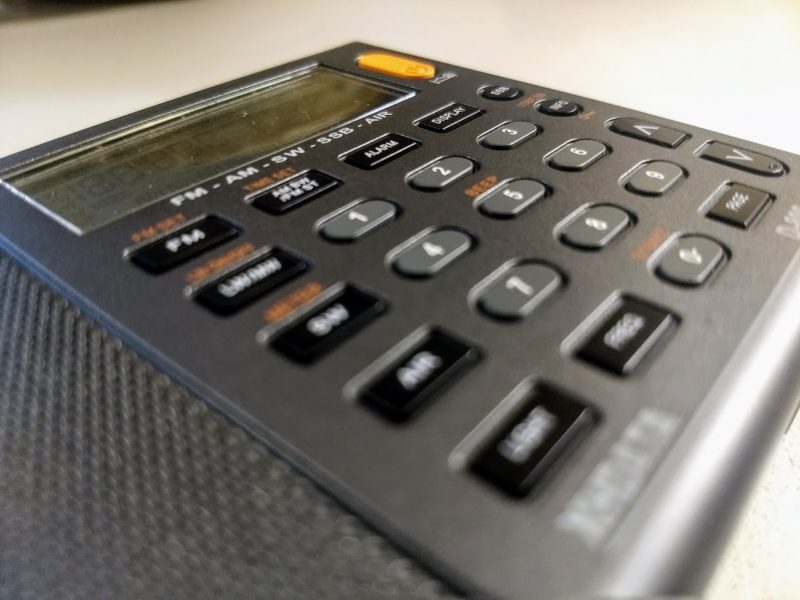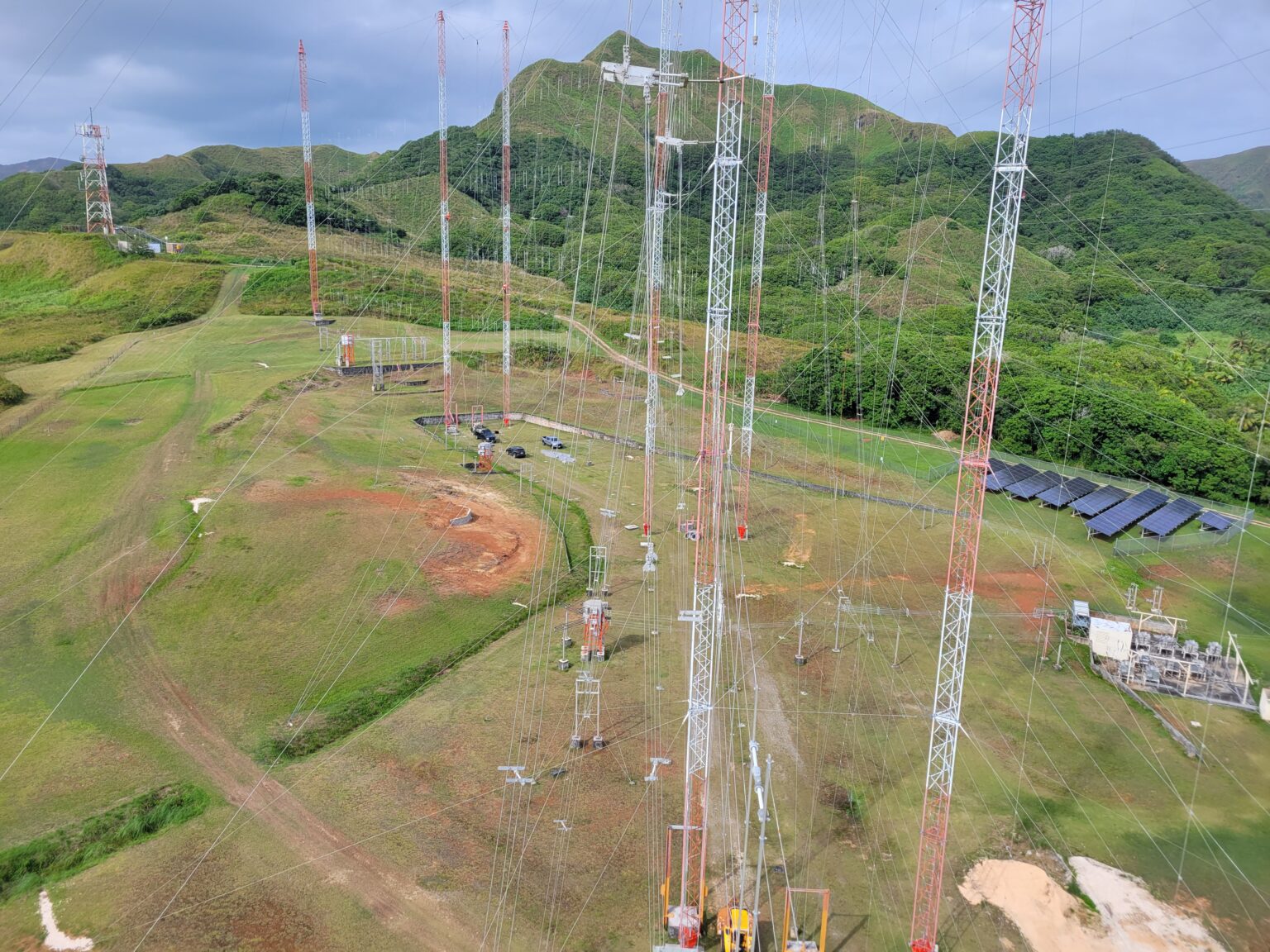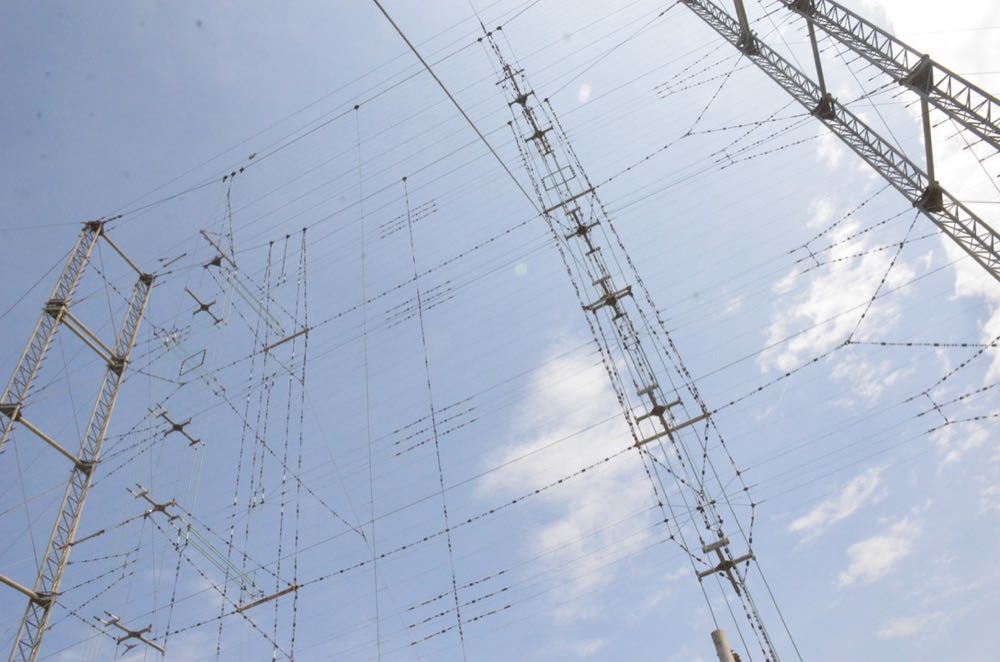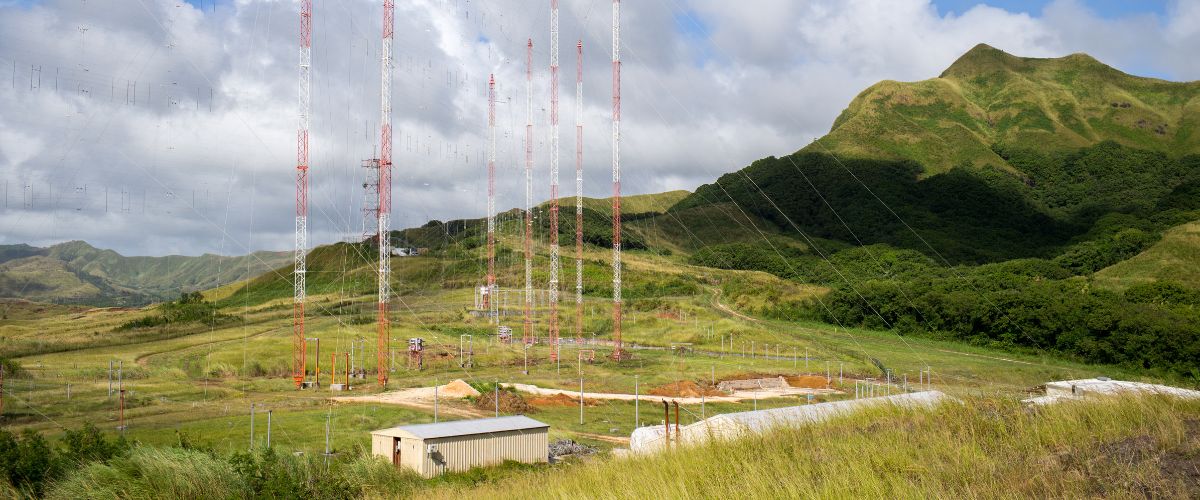
Many thanks to a number of SWLing Post contributors who shared the following news via Vatican News on Facebook. Below you’ll find an English translation and the original in Italian (note that all photos are courtesy of Vatican News):
This morning, June 19, #PopeLeoXIV visited Santa Maria di Galeria, in the extraterritorial area where the shortwave Radio Center of #VaticanRadio, Dicastery for Communication, is located. He met with the staff, with whom he stayed and conversed ?, visited the transmitter hall designed by architect Pier Luigi Nervi, and sat in the control room for the shortwave broadcasts.

The Pope inquired about the functioning of the antennas, the broadcasts, and the digital disaster recovery system, and celebrated with the staff ? his 43rd anniversary of priesthood, which falls today.
The Pontiff emphasized how, during his missionary work in Latin America and Africa, it was invaluable to be able to receive the shortwave broadcasts of Vatican Radio, which reach places where few stations are able to, and he reaffirmed the missionary value of communication.

The Radio Center was inaugurated by Pope Pius XII in 1957.
The last visit by a Pope to the Radio Center and the area of Santa Maria di Galeria was in 1991, when John Paul II went there.
[Original version in Italian]
Questa mattina, 19 giugno, #PapaLeoneXIV è andato in visita a Santa Maria di Galeria, nella zona extraterritoriale dove sorge il Centro Radio in onda corta della #RadioVaticana, Dicastero per la Comunicazione. Ha incontrato il personale, con cui si è trattenuto in conversazione, ha visitato la sala trasmettitori progettata dall’architetto Pier Luigi Nervi e si è seduto nella sala di controllo per le trasmissioni in onda corta.
Il Papa si è informato sul funzionamento delle antenne, delle trasmissioni e del sistema di digital disaster recovery, e con il personale ha celebrato con un piccolo rinfresco il suo 43° anniversario di sacerdozio, che cade oggi.
Il Pontefice ha sottolineato come durante il suo lavoro missionario in America Latina e Africa sia stato prezioso poter ricevere le trasmissioni in onde corte della Radio Vaticana, che raggiungono luoghi dove poche emittenti riescono ad arrivare, e ha riaffermato il valore missionario della comunicazione.
Il Centro Radio è stato inaugurato da Papa Pio XII nel 1957.
L’ultima visita di un Papa al Centro Radio e alla zona di Santa Maria di Galeria risale al 1991, anno in cui vi si recò Giovanni Paolo II.
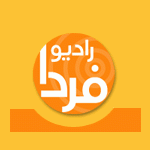 From Jean-Michel Aubier on WOR list:
From Jean-Michel Aubier on WOR list:
